Late Summer is Tough on Birds – These 6 Vital Feeding Tips Will Help Them Make it Through Hard Times Ahead
Give garden birds a helping hand with these essential tips to ensure they can feed and drink in safety.
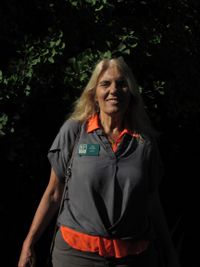
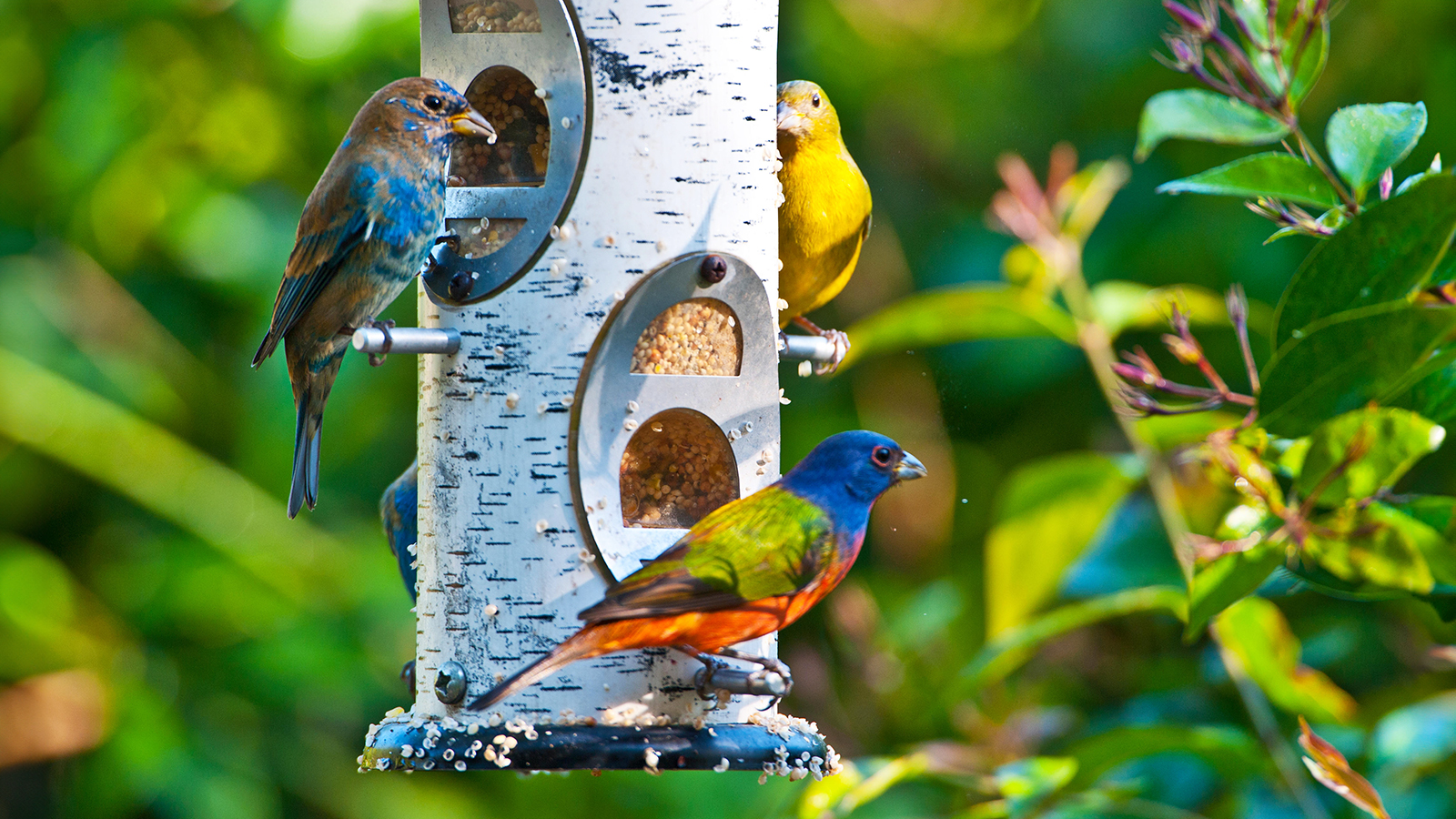
Spring, summer, fall, and winter – wild birds are in the neighborhoods all year, but late summer is one of the most important times to lend a hand. As natural sources like fruits and flowers begin to fade and birds prepare to migrate or molt, they rely more on gardens and feeders to top up energy reserves.
This raises an important question: should you keep feeding birds in summer – especially late summer? Absolutely. Even though food is more plentiful than in winter, birds are extra busy during this season, raising fledglings and fueling up for what lies ahead. By continuing to provide a valuable source of food and water into late summer and early fall, you'll support both resident and visiting birds during a demanding time of year.
Why Keep Feeding Birds into Late Summer?
As late summer approaches, natural supplies of insects and berries begin to wane just as birds need to build fat reserves for migration and cooler nights. Shifting your feed offerings now makes a big difference. Start introducing seed mixes rich in sunflower seeds, Niger seeds, and peanut hearts to attract a variety of birds, including cardinals, finches, and woodpeckers. Kaytee Wild Bird Ultimate No Mess Wild Bird Food Seed, available on Amazon, provides a good seed mix.
High-fat foods such as suet cakes, crushed peanuts, and even peanut butter also provide essential energy to help birds through busy molting periods and prepare them for autumn journeys.
Rather than wondering when to stop feeding birds in summer, think of late-season feeding as a crucial transition: you’re helping birds move smoothly from summer abundance to the demands of autumn. Stick with feeding right through into the fall – your garden will become a trusted stopover point and you’ll likely be rewarded with a wider variety of visitors as migratory species pass through.
Summer Bird Care Checklist
Most of us fill feeders with mixed seed in summer – and that's a great start – but hygiene and variety are just as important. Use this checklist to keep your summer bird care on track and safe for feathered friends.
1. Wash Feeders
Schedule a feeder wash day twice a month. When the time arrives, take the feeder apart and wash it with soap and boiling water or 1 part bleach to 9 parts water. Alternatively, use a specialist cleaner to keep birds safe, such as this Microbe-Lift Soy-Based Bird Feeder & Bird Bath Cleaner Spray, available at Amazon.
Sign up for the Gardening Know How newsletter today and receive a free copy of our e-book "How to Grow Delicious Tomatoes".
Once you have cleaned your feeder, dry each part thoroughly to prevent mold and bacteria before reassembling and refilling it.
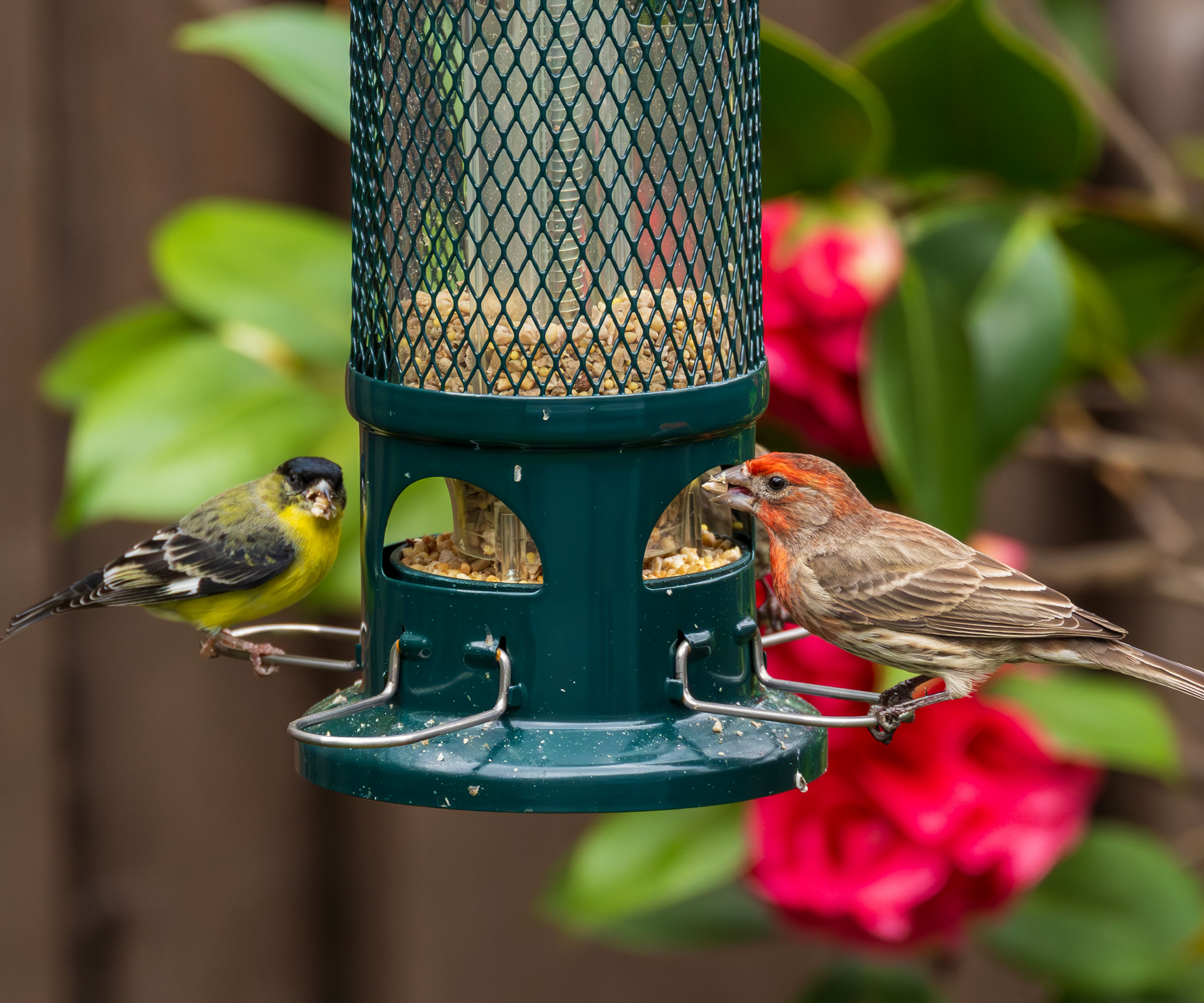
2. Move Feeders Around
Don’t leave your feeders in the same place all summer long. The dropped seed hulls and bird poop build up and can cause bacterial issues like salmonellosis. When you use feeders to provide food for birds in summer, you’ll want to move them around regularly to reduce the build-up in any one spot.
Make sure you choose a spot with some shade, though, as full sun encourages the food to spoil more quickly.
If you're worried you won't be able to see visiting birds clearly, then invest in a bird feeder with an in-built camera, such as the Netvue Birdfy Pro Bird Feeder with Camera, available on Amazon. It uses motion detection to start recording the birds and sends an alert to your phone.
3. Provide a Mix of Nutrients
Bird seed is essential at all times of year, but in high summer heat, seed spoils faster than at other times of year. Only fill half the feeder at a time, and change frequently to ensure food stays fresher and more appealing.
Another great choice for bird feeders is mealworms, which can be served up live or dried. You can buy these at the pet store, or try Kaytee Wild Bird Food Mealworms from Amazon. The worms are full of protein and nutrition crucial for adults feeding young.
Think of fruit in summer. Half oranges, half apples, soft bananas – all these will attract certain species of birds.
Suet will quickly melt in warmer weather, so consider leaving it out of feeders until temperatures begin to drop. Alternatively, use a no-melt variety, such as C&S Peanut Delight No Melt Suet Dough, available at Amazon. Bear in mind, even no-melt suet needs to be placed in the shade during summer.
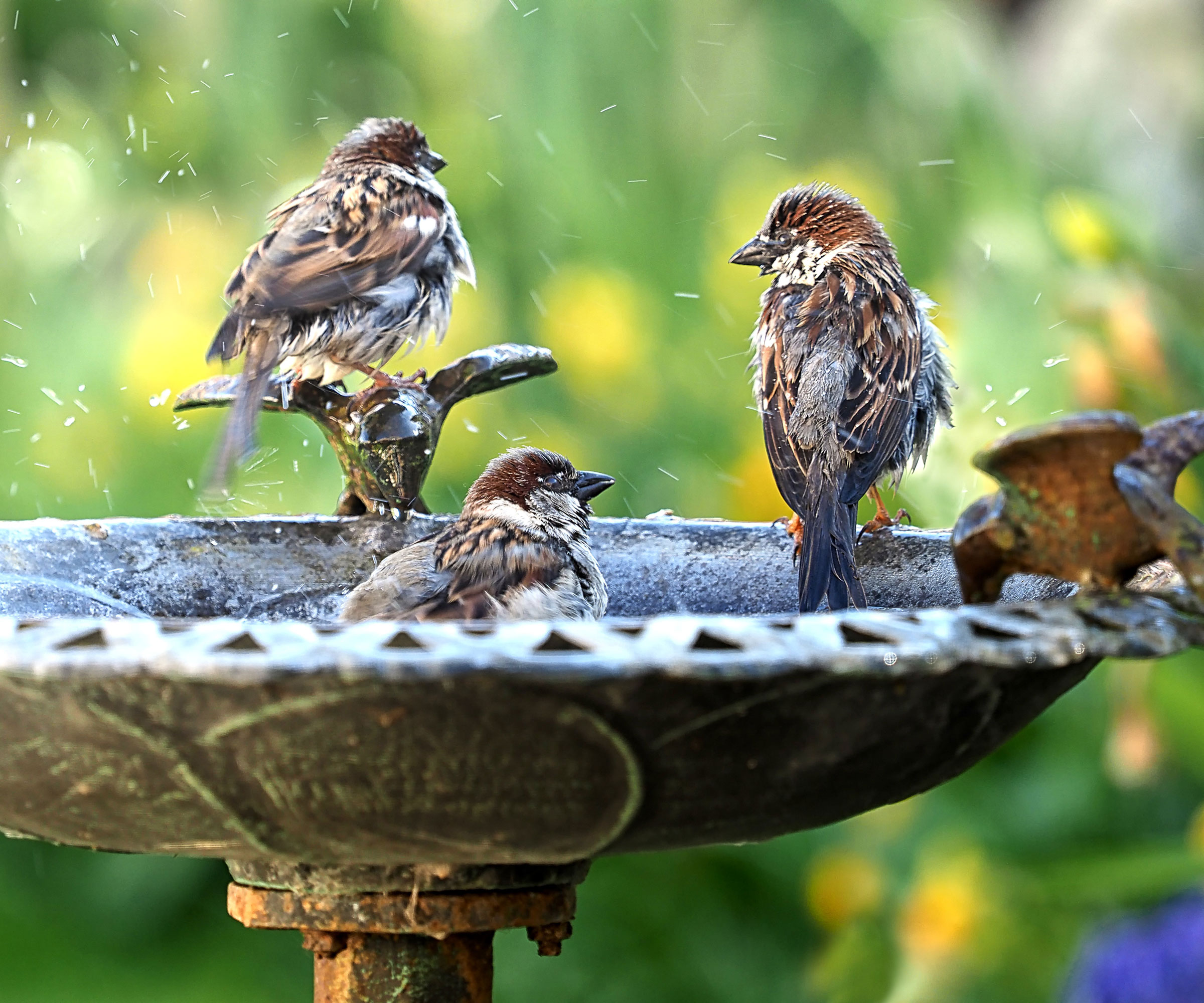
4. Add a Bird Bath
Hydration is just as important as food in warm weather. Add a bird bath to your garden and keep it in a spot that receives some shade to minimize algae growth. A full-sun spot is one of the worst bird bath placements, but don't place it too close to dense shrubs and trees.
To help keep your bird bath water fresh, add a copper disk, such as this Mellbree bird bath copper disk from Amazon, as it helps keep the water clean and free from algae.
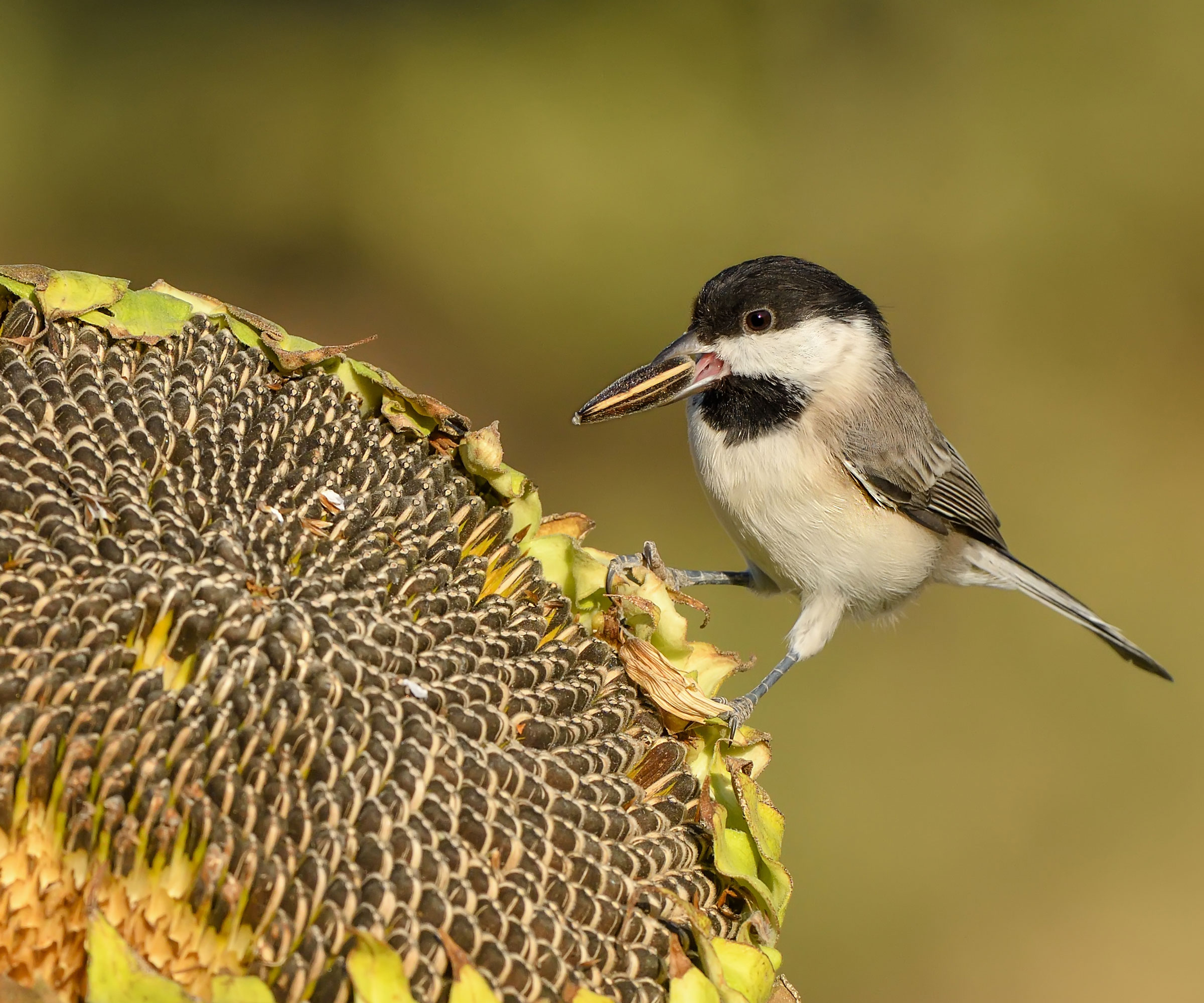
5. Think Twice Before Deadheading
One of the simplest ways to support birds in late summer is to resist the urge to deadhead certain flowers. Many popular plants – such as coneflowers, sunflowers, black-eyed Susan, and asters – develop seed heads that provide a valuable food source for seed-eating birds such as finches, sparrows, and chickadees in August and September.
Instead of cutting back the blooms as they fade, let them dry on the stem to provide a feast for birds – as well as texture and structure in the garden. Once the birds have picked them clean, or the first hard frost has hit, you can tidy them up.
6. Don't Forget Hummingbirds!
Summer can bring migrating hummingbirds who will especially appreciate a feeder filled with nectar. But it’s even more important to wash out hummingbird feeders than seed feeders, and it should be done every week.
This Feed Garden glass hummingbird feeder, from Amazon, has a bee guard and ant moat to stop the birds from being disturbed as they feed.
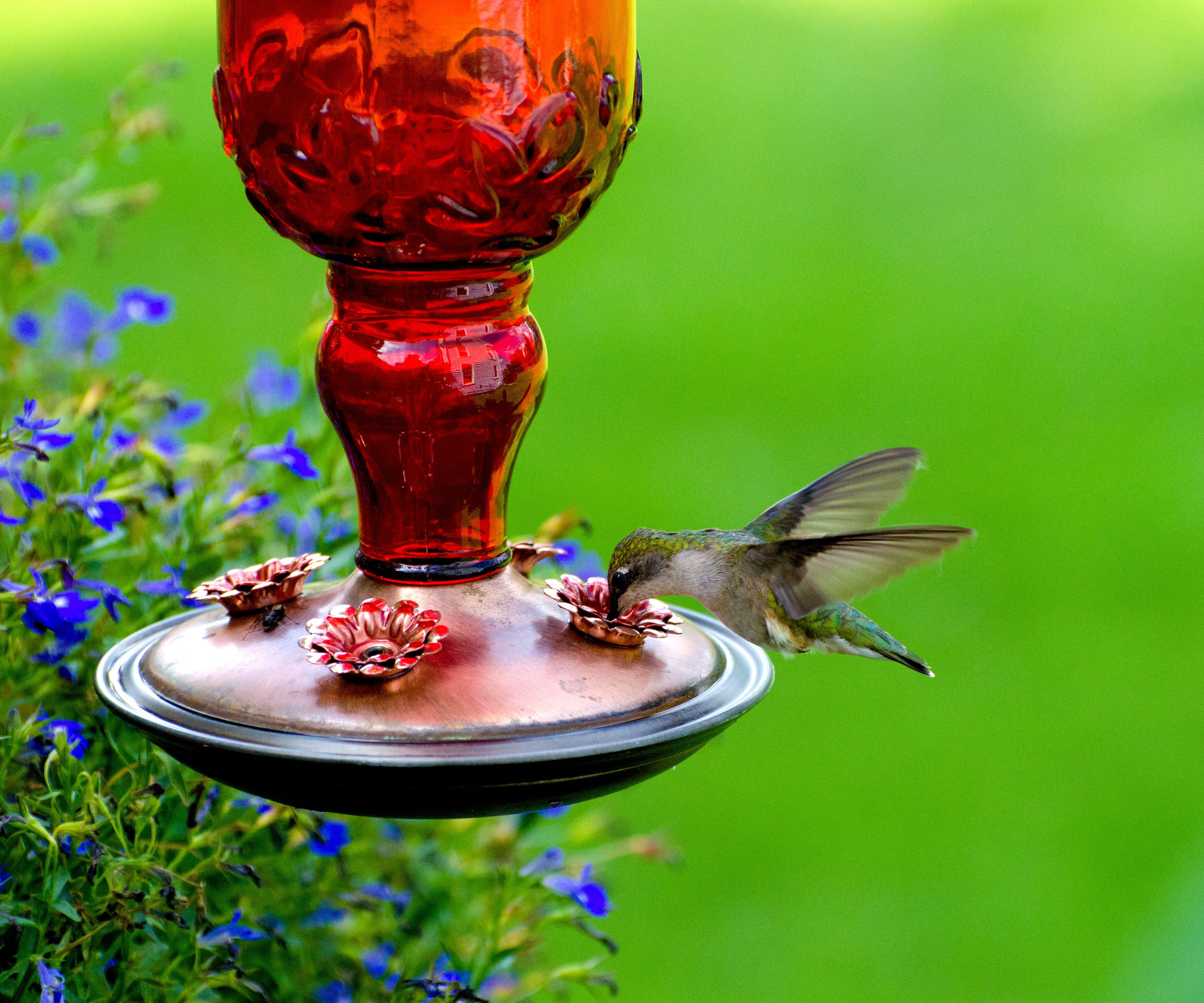
By keeping feeders clean, offering a wider range of foods, and continuing to provide nourishment into late summer, you’ll support the wellbeing of local bird populations at a time when they truly need it – while enjoying an even busier and more fascinating garden birdwatching experience.
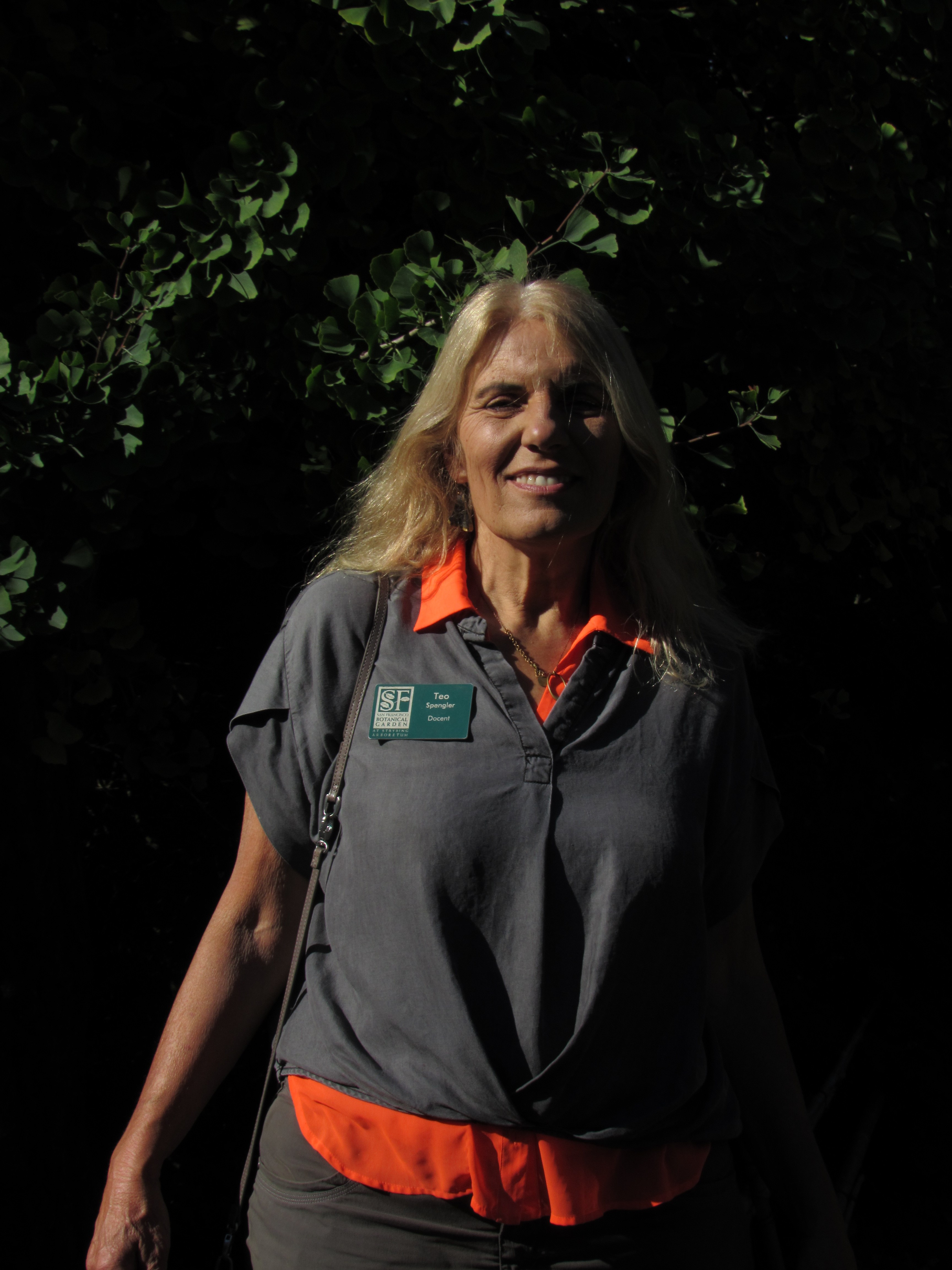
Teo Spengler is a master gardener and a docent at the San Francisco Botanical Garden, where she hosts public tours. She has studied horticulture and written about nature, trees, plants, and gardening for more than two decades, following a career as an attorney and legal writer. Her extended family includes some 30 houseplants and hundreds of outdoor plants, including 250 trees, which are her main passion. Spengler currently splits her life between San Francisco and the French Basque Country, though she was raised in Alaska, giving her experience of gardening in a range of climates.